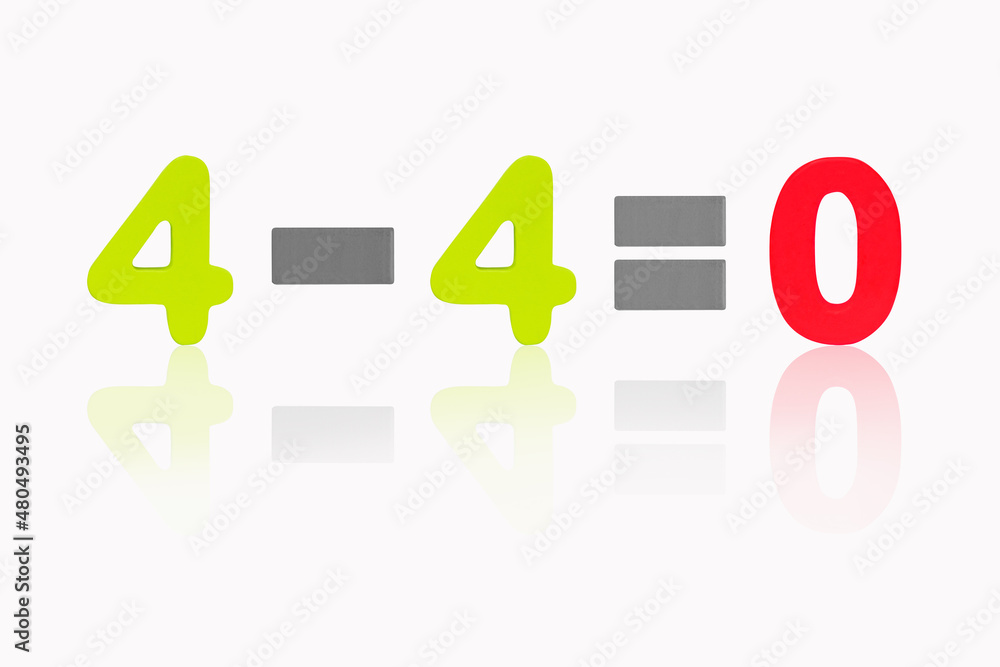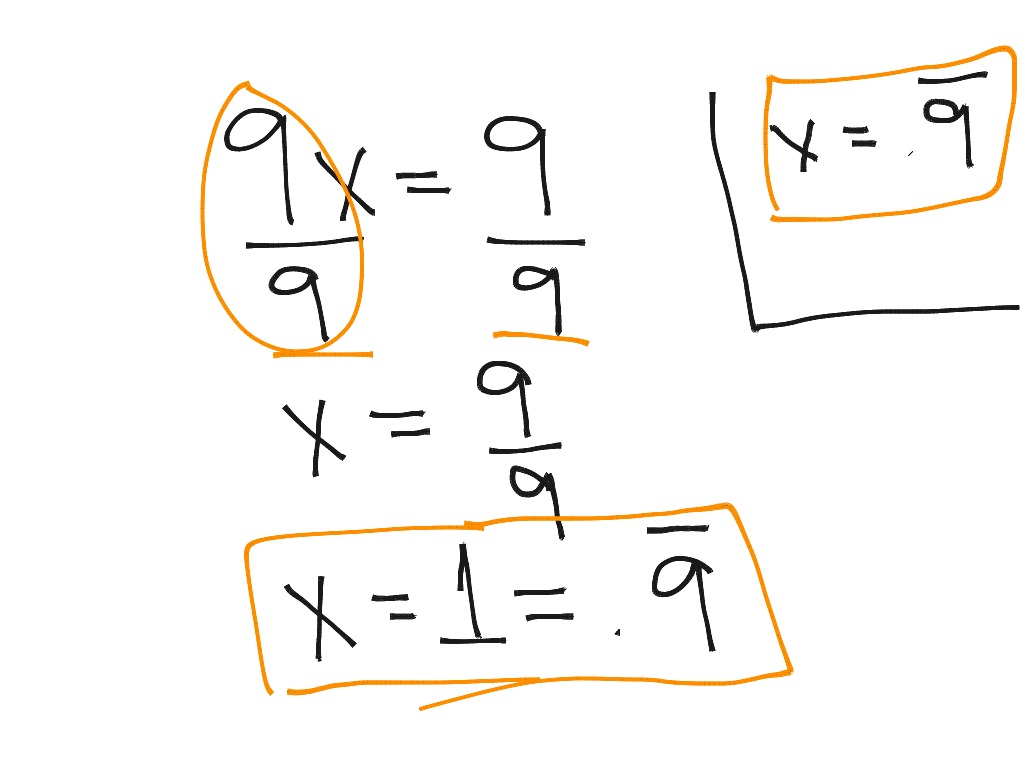Understanding Division By Zero: Math Explained & Examples
Why is it that something seemingly simple, like dividing a number by zero, leads us into a mathematical abyss? The answer, simply put, is that division by zero is undefined, a cornerstone of mathematics that highlights the boundaries of our numerical system.
The expression "division by zero" appears straightforward enough, often represented as 4/0 or 4 0. We're dealing with the fundamental operation of division, a process of sharing a quantity into equal parts. In the context of a division problem, the number being divided (in this case, 4) is known as the numerator or dividend, and the number we are dividing by (0) is called the denominator or divisor. It's crucial to understand that the quotient of 4 and 0, the ratio of 4 and 0, and the fraction of 4 and 0 all represent, fundamentally, the same concept.
Let's delve deeper into this mathematical conundrum. Consider the simple equation 78 0. According to mathematical principles, this expression is undefined. However, the reciprocal, 0 78, equals 0, demonstrating the asymmetry of this operation. On the other hand, when the dividend and the divisor are equal (excluding zero), such as 36 36, the answer is always 1. This reinforces the concept of division as a measure of how many times one number contains another.
- New Maricopa County East Valley Animal Shelter What You Need To Know
- Ramon Estevez The Actor His Legacy Insights Facts You Need To Know
Zero, in itself, is a fascinating concept. It is a real number, an integer, a rational number, and a whole number. It's a neutral element in addition and subtraction, having no effect on other numbers when added or subtracted. Yet, when it comes to division, zero transforms into a troublemaker.
Now, let's look at some examples to solidify this concept. Let's assume, for the sake of argument (and incorrectness), that 4/0 has an answer, which we can call 'y'. Can we find a number 'y' that, when multiplied by 0, equals 4? The answer, as we know, is no. Any number multiplied by zero will always result in zero. This inherent property of zero is why division by zero is considered undefined.
Consider a decimal number, such as 0.1234. The digit 4 is in the fourth decimal place, representing a value of 10-4 or 1/10,000. This decimal can be expressed as the fraction 1234/10,000. This fraction can then be simplified, if possible, to its lowest terms. Reducing a fraction to its lowest terms involves dividing both the numerator and the denominator by their greatest common factor. In the example, 1234/10,000 simplifies to 617/5000, as the greatest common factor of 1234 and 10,000 is 2.
- Gel Nail Polish Allergy What You Need To Know
- Clute Tx Funeral Homes Obituaries Find Services Planning Information
Reducing fractions to their simplest form can make the process of long division more manageable. Consider the fraction 9/12. By simplifying this fraction to 3/4 (or 0.75), we simplify the division process. In essence, we are dividing 9 by 12, which is the same as dividing 3 by 4. This simplification often makes the calculation easier, and we may recognize that 3/4 is equivalent to 75 cents.
The implications of dividing by zero extend to other areas of mathematics. If we were to attempt a similar approach with 0/0, we would find that any number satisfies this equation. Since the operation would produce an infinite variety of possible results, it is, therefore, not defined. This is further proof that we cannot define division by zero.
| Term | Definition/Explanation |
|---|---|
| Division by Zero | An undefined mathematical operation. Attempts to divide a number by zero lead to contradictions and inconsistencies within the number system. |
| Numerator/Dividend | The number being divided in a division problem. |
| Denominator/Divisor | The number by which we are dividing in a division problem. |
| Quotient | The result of a division operation. |
| Undefined | In mathematics, an expression or operation that does not have a meaningful or consistent result. Division by zero falls into this category. |
| Real Number | Any number that can be represented on the number line, including rational and irrational numbers. |
| Integer | A whole number, including positive and negative numbers, and zero. |
| Rational Number | A number that can be expressed as a fraction p/q, where p and q are integers and q is not zero. |
| Whole Number | A non-negative integer (0, 1, 2, 3, ...). |
Reference: MathsIsFun - Dividing by Zero
Solving equations becomes impossible when division by zero is involved. For example, in the case of x + 4 = 5. The equation solver provides a structured, step-by-step solution, facilitating understanding and problem-solving ability. However, the rules of algebra fall apart when an attempt is made to divide by zero.
The concept of "effective AWG gage" is used in the context of multiple small wires being combined to create a single, larger conductor. The combination is equivalent to a single 10 AWG gage. This information is relevant for wiring systems. The values are typically for a maximum of three conductors within a raceway or cable.
| Concept | Explanation |
|---|---|
| AWG | American Wire Gauge, a standardized wire gauge system used for specifying the diameter of electrical wires. |
| Effective AWG Gage | The equivalent AWG size of a combination of multiple smaller wires. |
| Raceway | An enclosed conduit that is designed expressly for holding wires or cables. |
| Cable | An assembly of wires or conductors insulated from each other. |
Consider a situation that involves rearranging the equation 0 x 10 = 0, a seemingly harmless mathematical statement. While we can rearrange this equation slightly to produce 0 x 10 = 00 x 1 = 1. We cannot define the result of multiplying 10 by zero as being either 0 or 1, simultaneously.
In trigonometry, the tangent of an angle is defined as the ratio of the sine of the angle to the cosine of the angle. The term "Tan2(a) 0/4" is used to denote a trigonometric concept; for any angle, the tangent's square is the sine squared over the cosine squared. It's important to note that the expression "0/4" results in 0, which might be used in the simplification of such an equation.
The Law of Sines is a critical principle in trigonometry that relates the sides of a triangle to the sines of its angles. For a triangle ABC, the law of sines states that A/sin(a) = b/sin(b) = c/sin(c). This relationship provides an essential tool for solving triangles when given certain information.
Exponents provide a shorthand way of expressing repeated multiplication. When dealing with exponents, a key principle is that any number raised to the power of zero equals one. We want the identity 5n * 50 = 5n+0 = 5n to hold. This is possible if and only if 50 = 1.
Modern algebra calculators and equation solvers provide a step-by-step approach to solving algebra problems. To use these calculators, the equation should be correctly entered in the text box. The calculator will then reveal the individual steps required to solve the problem.
A common algebraic fallacy arises from the incorrect assumption that it's legitimate to cancel a zero, an action that leads to division by zero. This flawed logic can be used to create invalid proofs.
| Concept | Explanation |
|---|---|
| Decimal to Fraction Conversion | The process of converting a decimal number into its equivalent fractional representation. |
| Mixed Number | A number that consists of a whole number and a proper fraction. |
| Greatest Common Factor (GCF) | The largest positive integer that divides two or more integers without a remainder. |
Factorials are the product of all whole numbers from the chosen number down to 1. The exclamation mark "!" is a sign of a factorial. As an example, 4! = 4 x 3 x 2 x 1 = 24.
The fractional form of decimals such as 0.5 is 1/2, and 1.75 converts into the mixed number 1 3/4 or the fraction 7/4. These conversions highlight the interchangeable nature of fractional and decimal representations.
The concept of 00 has sparked debate. Some mathematicians, like Knuth (1992), suggest that the value of 00 should be defined as 1. However, it's important to differentiate between the value of 00 and the limit of f(t)g(t) where f(t) and g(t) approach zero. The latter is considered an indeterminate form.
Wires larger than 4/0 are typically measured in "MCM" (thousands of circular mils). A circular mil is the unit of area equal to the area of a circle with a diameter of one mil (one-thousandth of an inch). MCM sizing starts at 250 kcmil, which is slightly larger than 4/0 wire. When a wire is larger than 0000, it is often measured in MCM (thousands of circular mils), or kcmil.
In conclusion, the discussion of division by zero opens a window into the inherent structure of mathematics, its rules, and its boundaries. Understanding the concept of the undefined nature of division by zero is crucial for comprehending the intricacies of mathematical principles.



Detail Author:
- Name : Dr. Madeline Langworth
- Username : damion.sipes
- Email : nader.reynold@gmail.com
- Birthdate : 1982-11-20
- Address : 3942 Arthur Manors Suite 632 Lake Claudiaport, CO 30756-0173
- Phone : (234) 348-0509
- Company : Eichmann LLC
- Job : Taxi Drivers and Chauffeur
- Bio : Consequuntur voluptatum ipsa necessitatibus vel minus. Accusamus praesentium autem quas suscipit laborum.
Socials
twitter:
- url : https://twitter.com/keelingk
- username : keelingk
- bio : Tenetur nisi omnis illum magni et. Maiores accusamus quo qui temporibus a.
- followers : 209
- following : 759
linkedin:
- url : https://linkedin.com/in/keeling2007
- username : keeling2007
- bio : Qui voluptatem consequuntur ea aliquid in.
- followers : 5709
- following : 53
instagram:
- url : https://instagram.com/kenkeeling
- username : kenkeeling
- bio : Voluptatum accusamus sint id ullam velit vitae et. Ut et vel ipsum assumenda ex.
- followers : 1171
- following : 2479